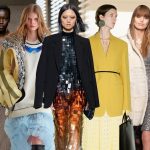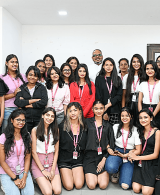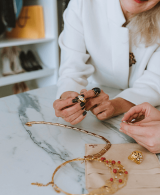8 Pros And Cons of Sustainable Fashion In Our Eco-System
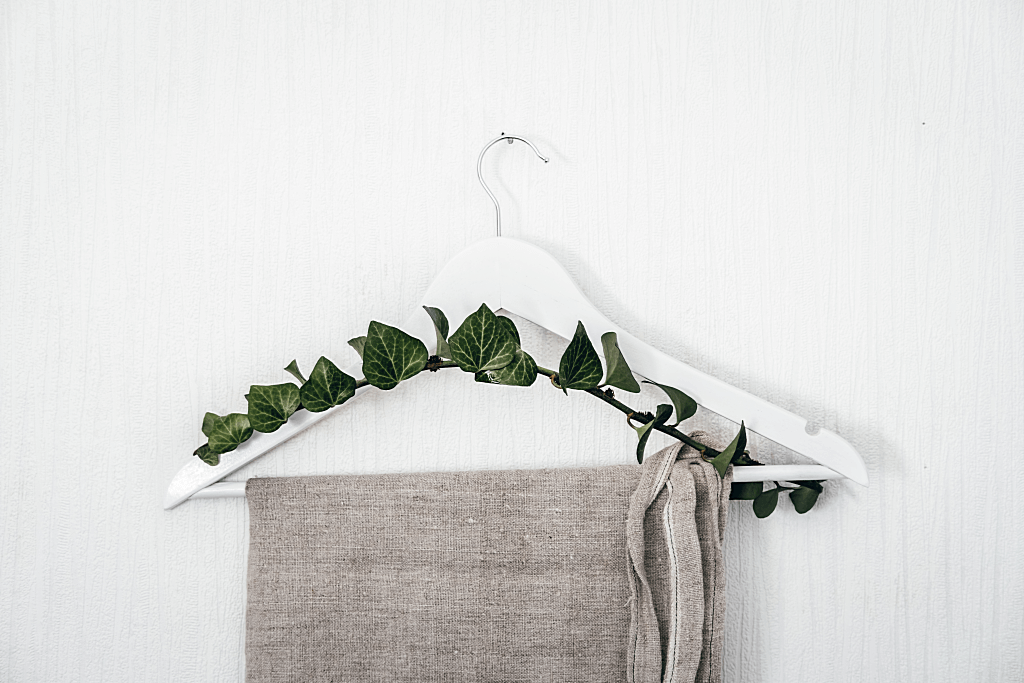
Sustainable fashion, ethical fashion, and conscious fashion are similar, but they are not the same. Although they are all aimed at preserving the environment and preserving natural resources. Sustainable fashion design has been much discussed. Environmentally friendly design is the next step for the fashion industry.
Pros Of Sustainable Fashion
1. Saving Natural Resources And Lowering Carbon Footprints
Texture generation is dependable for 16% of the world’s pesticide utilization, contributes a tremendous 10% of the world’s carbon outflows, and expends sufficient water to meet the wants of five million individuals. There’s no getting away from the truth that the ordinary design division is a natural enemy.
However, the feasible design does things differently. Natural cotton, a textile commonly utilized within the economical division contains a carbon emanation commitment 46% lower than customary cotton. Essentially, sourcing from overseen timberlands implies that feasible brands aren’t contributing to unsustainable deforestation.
Executing reusing programs, a common angle of economical design brands moreover makes a difference to decrease the mountains of squandering the mold division produces each year.
The economical segment advances a circular framework to lower squander levels, it employs eco-friendly textures to diminish their natural effect and advances a demeanor of cautious consumption.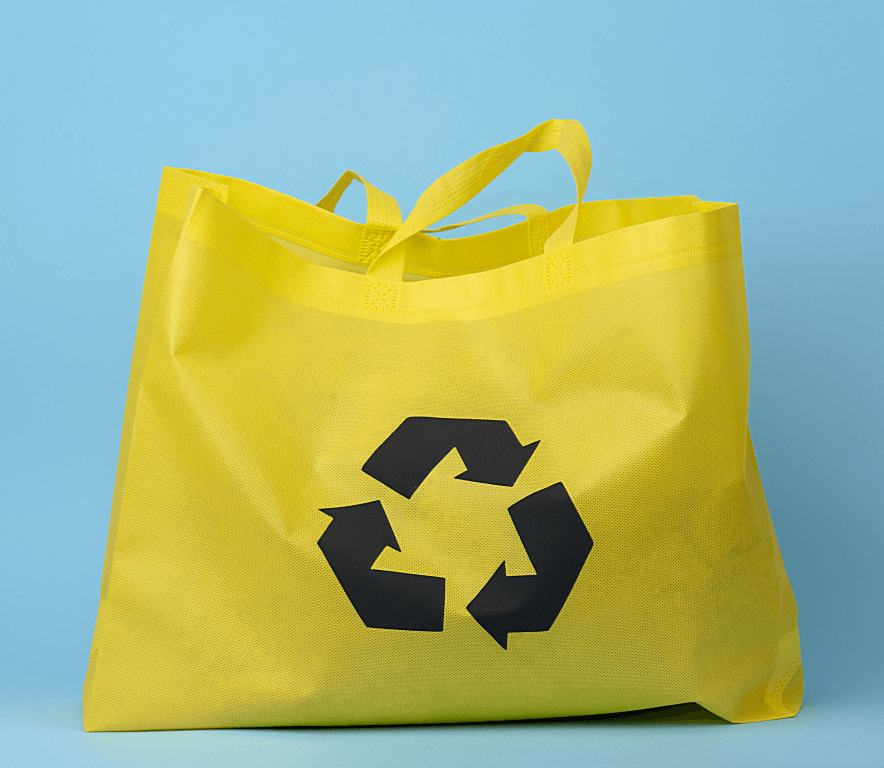
2. Saving The Animals
We all cherish our hairy companions. Be that as it may, we have yielded a part of them within the title of design over a long time. Economical design works to secure individuals, the planet, and all the critters that call it home. Vegan leathers are getting to be prevalent within the economical segment, with everything from apples to pineapple leaves being turned into animal-friendly calfskin options.
The hide is additionally rejected within the maintainable design showcase, and in a really sustainable fashion, items like wool are sourced morally. To create beyond any doubt a brand is acting with the finest eagerly, explore the PETA Affirmed Vegetarian label.
3. Better Working Condition
When considering the pros and cons of sustainable fashion, we can’t look past the fact that generally, sustainable fashion companies are better for their workers. From complying with independent audits to providing transparent supply chains, sustainable brands often do more to protect their workers’ rights and safety.
Campaigns such as whomademyclothes have gone a long way in promoting a fairer industry, and for the most part, sustainable brands are leading this charge.
4. Quality = Money
Presently, the feasible mold includes notoriety for being expensive, and whereas there are a few exemptions, it’s genuine that it regularly is moderately costly. However, it is additionally regularly of higher quality. Whereas you will hand over more cash within the brief term making a maintainable closet, you will spare cash within the long run since your dress will last longer. Replacing a 20 dress every six months before long begins costing more than paying 100 for a dress that keeps going ten years.
5. Extending Your Cloth Life Can Save Tons Of Money
Gone are the days when thrift shopping was seen as an undesirable choice. As second-hand shopping has been developing in ubiquity, so has the accessibility to get to the preloved or for-hire clothing advertisements.
An extraordinary way to diminish squander, advance circular mold and indeed diminish microplastic shedding in your clothing cycle, shopping preloved, or enlisting that dress you can’t bear to purchase would be an economical way to score a closet win. Buying second-hand, or superior, however, lessening utilization by buying less definitely progresses the supportability and reasonableness of your shopping propensities.
And showing how well known second-hand has gotten to be, very some brands are presently indeed hopping on board and offering their claim items second-hand! Extending the life of a piece of clothing by nine months can diminish its carbon impression by 20-30%.
4. Innovative Fashion
Presently, the feasible mold includes notoriety for being expensive, and whereas there are a few exemptions, it’s genuine that it regularly is moderately costly. However, it is additionally regularly of higher quality. Whereas you will hand over more cash within the brief term making a maintainable closet, you will spare cash within the long run since your dress will last longer. Replacing a 20 dress every six months before long begins costing more than paying 100 for a dress that keeps going ten years.
5. Extending Your Cloth Life Can Save Tons Of Money
Gone are the days when thrift shopping was seen as an undesirable choice. As second-hand shopping has been developing in ubiquity, so has the accessibility to get to the preloved or for-hire clothing advertisements.
An extraordinary way to diminish squander, advance circular mold and indeed diminish microplastic shedding in your clothing cycle, shopping preloved, or enlisting that dress you can’t bear to purchase would be an economical way to score a closet win. Buying second-hand, or superior, however, lessening utilization by buying less definitely progresses the supportability and reasonableness of your shopping propensities.
And showing how well known second-hand has gotten to be, very some brands are presently indeed hopping on board and offering their claim items second-hand! Extending the life of a piece of clothing by nine months can diminish its carbon impression by 20-30%.
6. Innovative Fashion
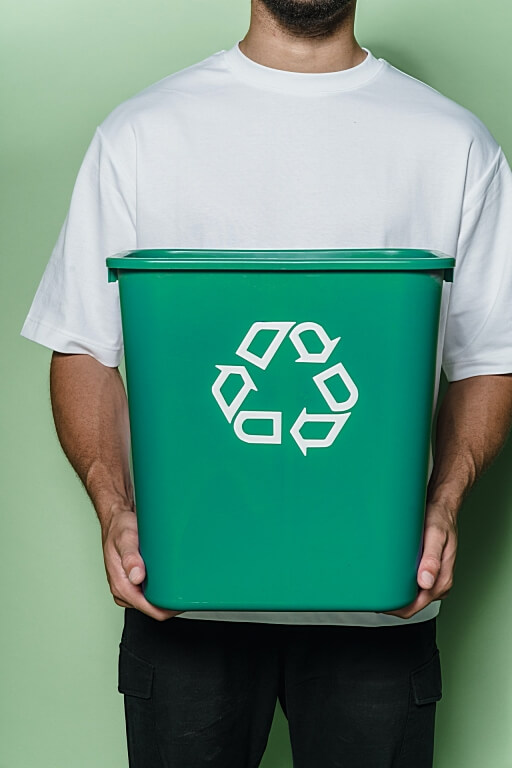
There are a few genuinely intelligent individuals out there that are doing a few mind-blowing things within the economical mold showcase. From making calfskin from by-products of the pineapple juice industry to making a difference to illuminating sea contamination by turning ocean plastic into swimwear, cool things are happening. Fashion is an industry built on development and the more we back maintainable development the more we foster feasible arrangements within the industry. The world needs advancement to unravel the climate emergency and buying from imaginative brands leads to more development within the marketplace.
7. A Better You
A few of the chemicals utilized within the mold segment are cruel, to say the slightest. More than 8,000 chemicals are utilized in mold fabricating and these chemicals have been connected to everything from sensitivity disturbance to cancer.
One common substance is AZO colors which can cause skin aggravations. Whereas these chemicals are primarily utilized within the generation stage, follows of them can carry over into the clothing that you simply wear. As economical brands
8. Put A Check On your Shopping Impulse
An establishment of the maintainable segment is dismissing quick mold standards and essentially buying less. One of the focal points of economic design that isn’t talked about approximately as much as it ought to be is that buying less can make you more joyful.
Buying fewer permits cash to be spent on experiences over things, makes a difference to make a decluttered space, and allows you to purchase the things you truly like instead of investing cash on fair a passing slant.
Feasible design bolsters this decreased consumerism outlook. Learn more about the connection between buying less and joy in our article The fetched of bliss: how buying less can make you happy.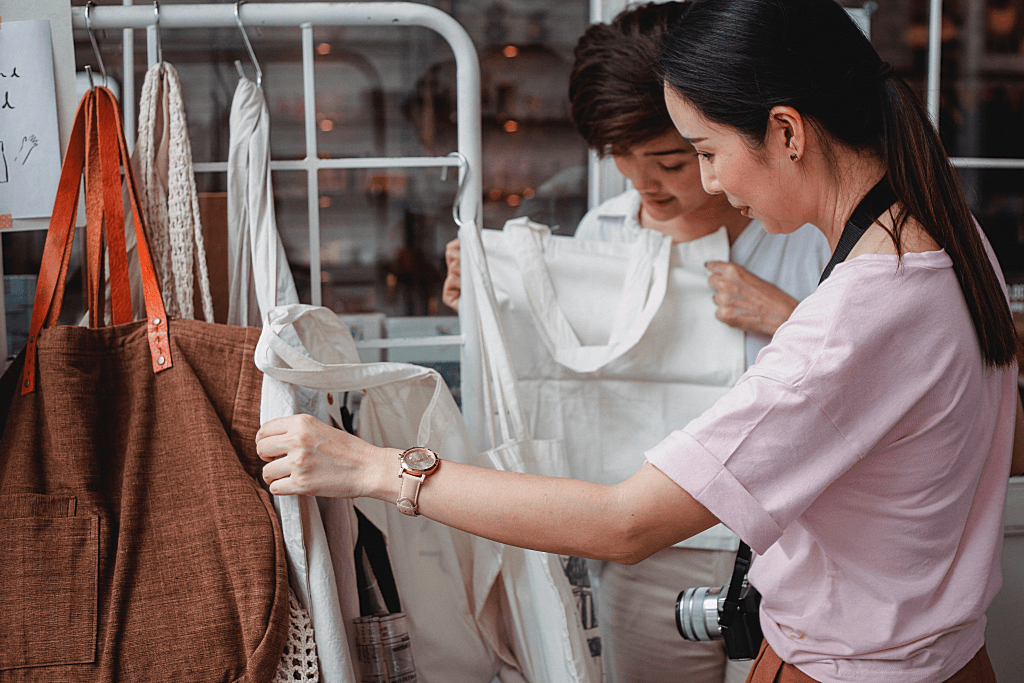
Cons OF Sustainable Fashion
No industry is perfect, and this is an exploration of the pros and cons of sustainable fashion, so these are some of the drawbacks of the eco-friendly clothing market.
1. Slow Adoption In Markets
The sad reality is that whereas a couple of feasible brands are making a distinction, they are not attending to sparing the world. For maintainable mold to form a genuine effect it must be an industry-wide change. The mold division, especially the quick design industry, has been a booming trade for decades. Shockingly, a 2020 report found that the effort that quick design brands were making to move forward economical generation measures was diminishing.
For the feasible design industry to be genuinely effective, all fashion segments ought to get on board. Volume-based companies can’t, and regularly won’t, effortlessly move into economical forms. Their reliance on development for one could be an enormous faltering block.
2. Expensive Cloth Lines
For the most part, feasible dresses are more costly. Whereas there’s a great reason for this (economical materials and reasonable compensation fetched more), it does cost individuals out of getting to the segment. Whereas higher quality clothing may cost us less in the long run, we don’t all have the extra cash to purchase those quality things in the, to begin with, place. Until the economical segment can end up more reasonable, there will be individuals that basically can’t get to it, in spite of a developing want to.
3. The Danger In Greenwashing
When considering the pros and cons of sustainable fashion, we can’t look past the fact that generally, sustainable fashion companies are better for their workers. From complying with independent audits to providing transparent supply chains, sustainable brands often do more to protect their workers’ rights and safety.
Campaigns such as whomademyclothes have gone a long way in promoting a fairer industry, and for the most part, sustainable brands are leading this charge.
4. Choice Of Market Is Low
Whereas it may be developing advertising, the economical division isn’t however a giant one. This could be cruel that there basically aren’t the brands to cater to each fashion inclination. The specialty components of the segment can take off individuals without the alternatives to suit their tastes and send them back to shopping within the standard mold market. Many brands work only within the online advertising and don’t have physical stores, which assists in restricting shopper choices.
5. Low support from All Levels Of Economy
For a feasible mold framework to work, it should be supported at all levels. Brands ought to be truly committed to changing their production methods and values. Governments got to implement arrangements and controls to back brands to form these changes and to uphold companies’ compliance with these approaches. The open should be willing to select to purchase from feasible brands, indeed on the off chance that means changing the way we shop.
This level of cooperation across the showcase is troublesome to attain and in this way distance has not been executed at the scale that will make a moving industry possible. However, bit by bit a few governments are changing their approach to implementing alterations within the framework, but gradually, and we audit what’s going on in Design Rules: why we require harder laws and controls within the mold industry.
6. Becoming A responsible Citizen Is The Key
We live in a world built on consumerism and the design industry may be a major supporter of this attitude. The world’s clothing utilization has expanded 400% within the last two decades and three out of five of the mold things we purchase end up in landfills.
Essentially empowering customers to purchase economical items still increases utilization levels. To really make a feasible industry, customers ought to purchase less. To grasp a maintainable design industry, we would have to alter the whole shopper mentality that’s right now advanced over not just the design industry, but nearly every industry.
Conclusion
The maintainable design industry is complex, is developing, and is still in a few regards, finding its way. Whereas it may not be idealized, it may be a division that’s endeavoring to create a genuine contrast within the mold industry.
It is an industry that’s supporting the development and promoting a more astute and economical mindset. While sustainable fashion may still have a way to go, it could be a division that’s worth getting behind and an industry that’s appearing the guarantee of a future that champions individuals, the planet, and voguish style.
Students at JD Institute of Fashion Technology, through various fashion design courses, learn about the fashion world in depth. Through industry exposure, classroom training and numerous projects, they understand and grow into responsible fashion designers and take a pathway of sustainable fashion that aids the planet.





